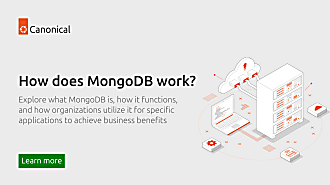Tim Van Steenburgh
on 22 September 2017

This article originally appeared on Tim Van Steenburgh’s blog
September 15th concluded our most recent development sprint on the Canonical Distribution of Kubernetes (CDK). Here are some highlights:
Canal Bundle
Our new Canal bundle is published! If you need network policy support in your cluster, try it out:
juju deploy canonical-kubernetes-canal
In the future you’ll be able to choose between Flannel and Calico when deploying Kubernetes via conjure-up.
Blogs and Demos
In case you missed them, check out some new blog posts and demos of CDK from members of the CDK engineering team:
- Building CDK: Part #1 by Konstantinos Tsakalozos
- Kubernetes Snaps: The Quick Version by George Kraft
- Introduction to the Canonical Distribution of Kubernetes (part 1, part 2, slides). Many thanks to Arash Kaffamanesh and the @kubernauts for hosting and recording this talk!
RBAC
We added more tests for RBAC and updated CI to start testing an RBAC-enabled cluster. Our remaining task for RBAC is to plan and test the upgrade path for old clusters once we make RBAC on-by-default.
s390x
We built and published an s390x nginx-ingress-controller image and an e2e snap, and started testing a lxd CDK cluster on s390x. Since then we’ve gotten access to more hardware and are now testing on s390x vms using the Juju manual provider.
1.8.0
In our current sprint we’ve started testing 1.8.0 in anticipation of the upstream release at the end of this month. We’re also testing with docker 1.13.1, which will soon become the default in CDK.
If you’d like to follow along more closely with CDK development, you can do so in the following places:
- https://github.com/kubernetes/kubernetes (cluster/juju directory)
- https://github.com/juju-solutions/bundle-canonical-kubernetes
- Kubernetes Slack channels and SIG meetings
- #juju on Freenode IRC
- [email protected] mailing list
Until next time!



